Mediterranean Sourdough Olive Bread
This sourdough olive bread is made with a high hydration dough and filled with black kalamata olives. The olives add a rich flavor and a wonderful texture to the bread. It has a soft and airy crumb and is naturally leavened with a stiff sourdough starter.
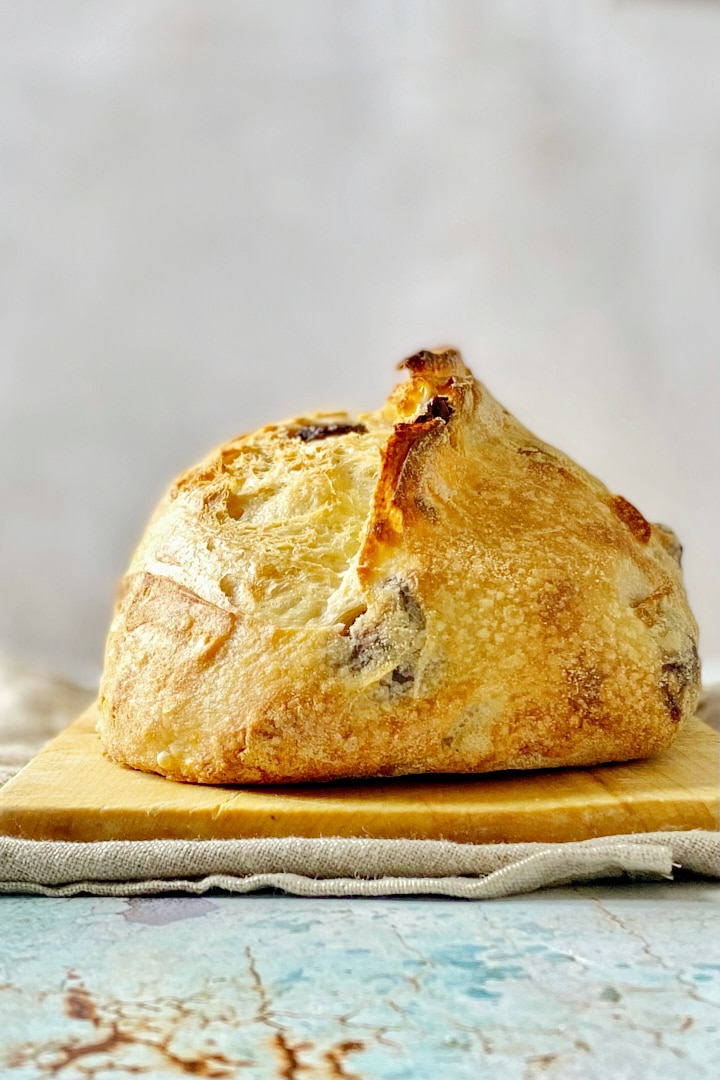
Ingredients and Tools You’ll Need
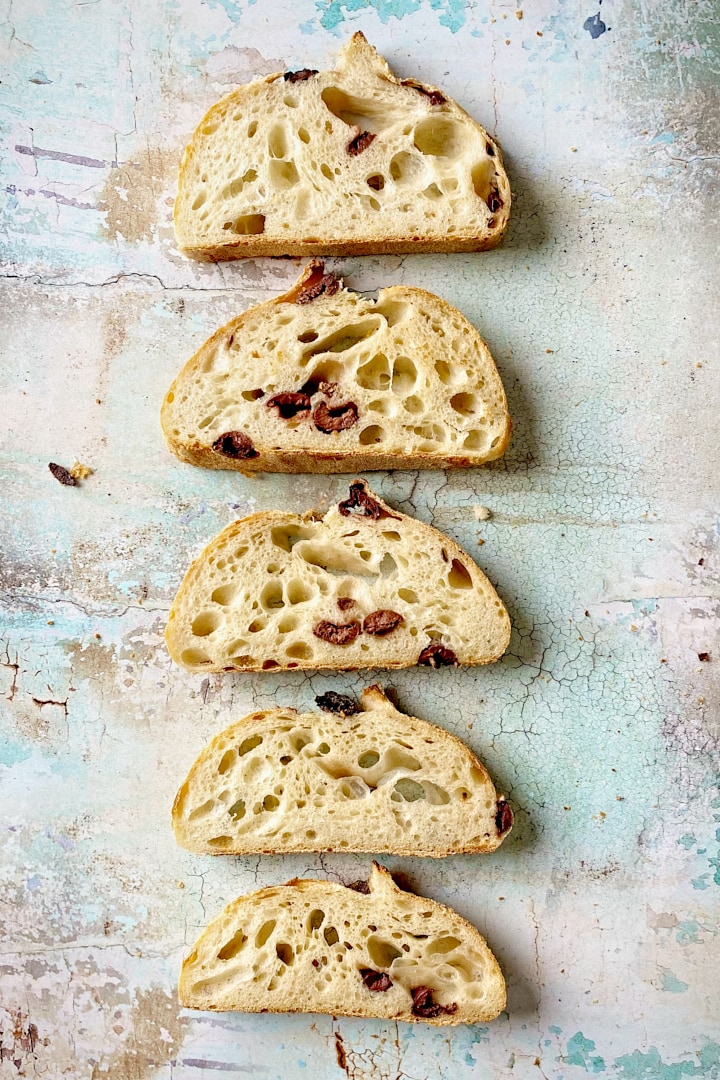
Step-by-Step Instructions
Step 1
In the morning, prepare the leaven: Refresh the sourdough starter with lukewarm water and flour. Mix well until there are no dry patches of flour left and let it rest in a warm spot (ca. 28° C) for around 4 hours or until it has doubled in size and looks bubbly.
Step 2
Two hours before you anticipate the leaven to be ready, start the autolyse: Mix the flour with 200 g of water until fully incorporated and let it sit on the counter until the leaven is ripe and ready to use. This allows the flour to fully absorb the water and jumpstarts the gluten development.
Step 3
Once the leaven is active, mix it with the remaining 40 g of water and add it to the autolyse dough together with the salt and olive oil. Mix well until fully combined. For additional dough strength, perform a few rounds of the slap & fold technique until the dough feels smooth and elastic. Put the dough in a lightly oiled mixing bowl and cover it with a damp tea towel or plastic bag. Let it rest in a warm spot for the bulk fermentation.
Step 4
This recipe includes two coil folds and one dough lamination to mix in the olives. Perform the first coil fold around 45 minutes after mixing the dough. Laminate the dough 30 minutes after the first coil fold. To do this, lightly spray your work surface with water and stretch the dough out as thin as possible without tearing it (see video below). Sprinkle the olives over the dough. Then fold it back up into a dough package and put it back into your proofing bowl. After 30 minutes, perform one more coil fold and let the dough rest for another 1.5 hours. By the end of the bulk fermentation, the dough should look airy with lots of visible bubbles. If it still looks dense, it needs more time to rise.
Step 5
Turn the dough out onto a lightly floured work surface and fold the corners into the center to form a loose ball. Flip it over (seam side down) and let it rest for 30 minutes on the counter. Then, flip it over again and shape it into an oval loaf. Put it into a floured proofing basket and let it proof in the fridge overnight.
Step 6
The next morning, pre-heat the oven to 240° C with the Dutch oven inside. Turn the dough out onto a piece of parchment paper, score it and bake it covered in the Dutch oven for 20 minutes. Then lower the temperature to 220 °C, carefully lift the bread out of the Dutch oven and finish baking on the oven rack for another 18 – 20 minutes. Let the bread cool completely before slicing.
Sample Baking Schedule
Day 1
Day 2
More Sourdough Recipes You May Like:
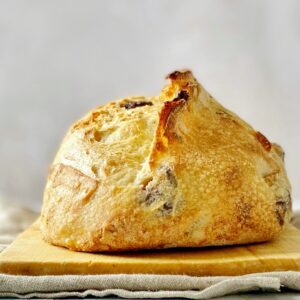
Mediterranean Sourdough Olive Bread
Equipment
- Mixing bowl – to prepare and proof the dough
- Digital kitchen scale – for best results, always weigh your ingredients. It’s more accurate than measuring by volume.
- Tea towel or plastic bag – to cover the dough while resting.
- Oval proofing basket – to help the dough retain its shape during the final proof.
- Bread lame or sharp serrated knife – to score the dough before baking.
- Dutch oven – baking the bread covered in a Dutch oven creates a steamy environment and achieves better oven spring and a thin and crispy crust.
Ingredients
For the leaven:
- 30 g Sourdough starter – for this recipe, you need a sourdough starter that’s strong enough to double in size within 4 – 6 hours after feeding
- 30 g Water – lukewarm around 30 °C
- 60 g Flour – Bread flour or all-purpose
For the autolyse:
- 240 g Bread flour
- 60 g Semolina flour – finely milled hard durum wheat flour
- 200 g Water – lukewarm
For the main dough:
- All of the autolyse dough
- 80 g Leaven – store the remaining leaven in the fridge for the next use
- 40 g Water – lukewarm
- 7 g Sea salt – fine grain
- 6 g Olive oil – extra virgin
- 80 g Kalamata olives – pitted and cut in half
Instructions
- In the morning, prepare the leaven: Refresh the sourdough starter with lukewarm water and flour. Mix well until there are no dry patches of flour left. Let it rest in a warm spot (ca. 28° C) for around 4 hours, or until it has doubled in size and looks bubbly.
- Two hours before you anticipate the leaven to be ready, start the autolyse. Mix the flour with 200 g of water until fully incorporated. Let it sit on the counter until the leaven is ripe and ready to use. This allows the flour to fully absorb the water and jumpstarts the gluten development.
- Once the leaven is active, mix it with the remaining 40 g of water to loosen it up and add it to the autolyse dough. Then add the salt and olive oil. Mix well until fully combined. For additional dough strength, perform a few rounds of the slap & fold technique until the dough feels smooth and elastic. Put it in a lightly oiled mixing bowl and cover it with a damp tea towel or plastic bag. Let it rest in a warm spot for the bulk fermentation.
- This recipe includes two coil folds and one dough lamination to mix in the olives. Perform the first coil fold around 45 minutes after mixing the dough. Laminate the dough 30 minutes after the first coil fold. To do this, lightly spray your work surface with water and stretch the dough out as thin as possible without tearing it (see video below). Evenly sprinkle the olives over the dough. Then fold it back up into a package and put it back into your proofing bowl. After 30 minutes, perform one more coil fold and let the dough rest for another 1.5 hours. By the end of the bulk fermentation, the dough should look airy with lots of visible bubbles. If it still looks dense, it needs more time to rise.
- Turn the dough out onto a lightly floured work surface and fold the corners into the center to form a loose ball. Flip it over (seam side down) and let it rest for 30 minutes on the counter. Then flip it over again (seam side up) and shape it into an oval loaf. Put it into a floured proofing basket and place it in the fridge for a cold overnight proof.
- The next morning, pre-heat the oven to 240° C with the Dutch oven inside. Turn the dough out onto a piece of parchment paper, score it and bake it covered in the Dutch oven for 20 minutes. Then lower the temperature to 220 °C, carefully lift the bread out of the Dutch oven and finish baking on the oven rack for another 18 – 20 minutes. Let the bread cool completely before slicing.

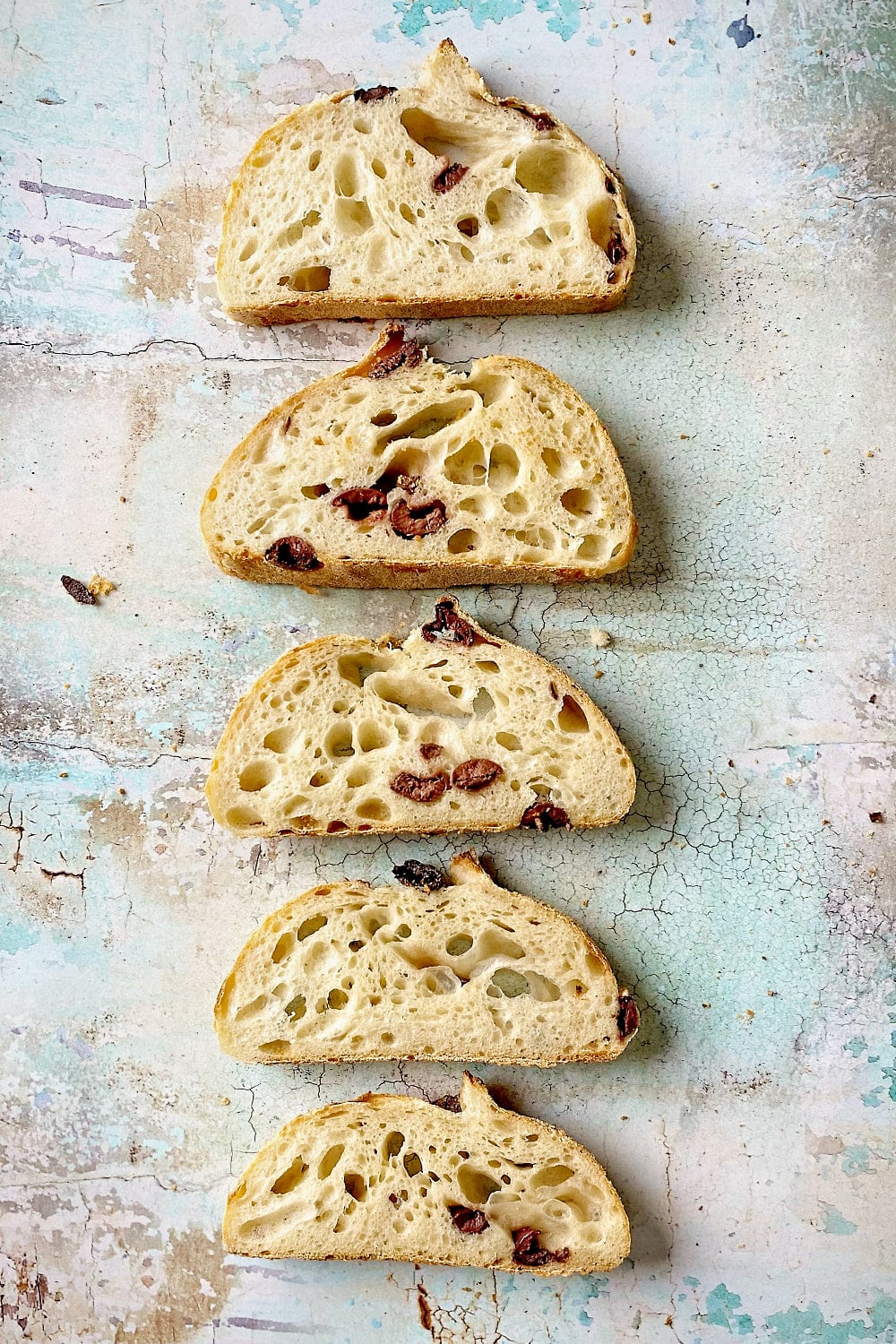
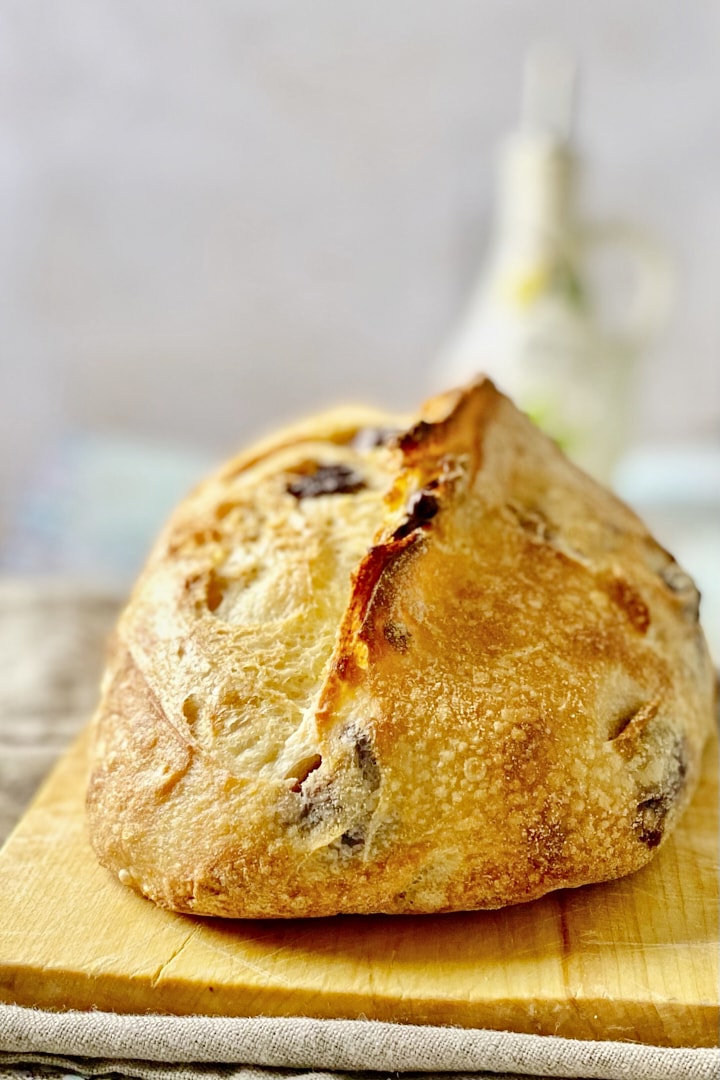
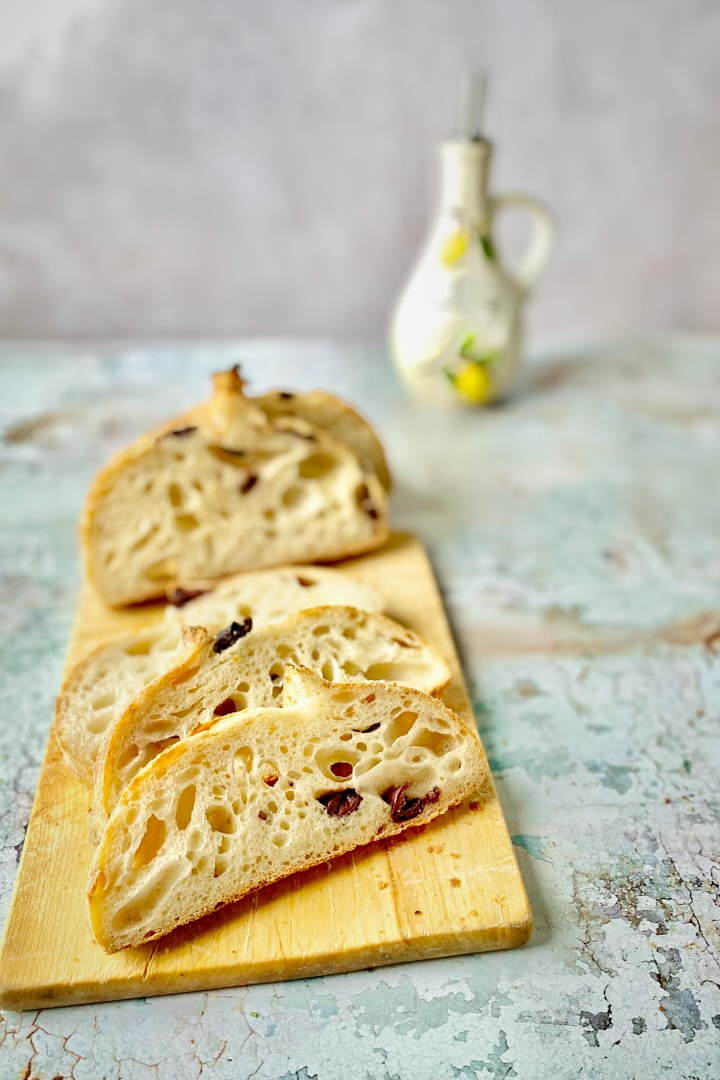
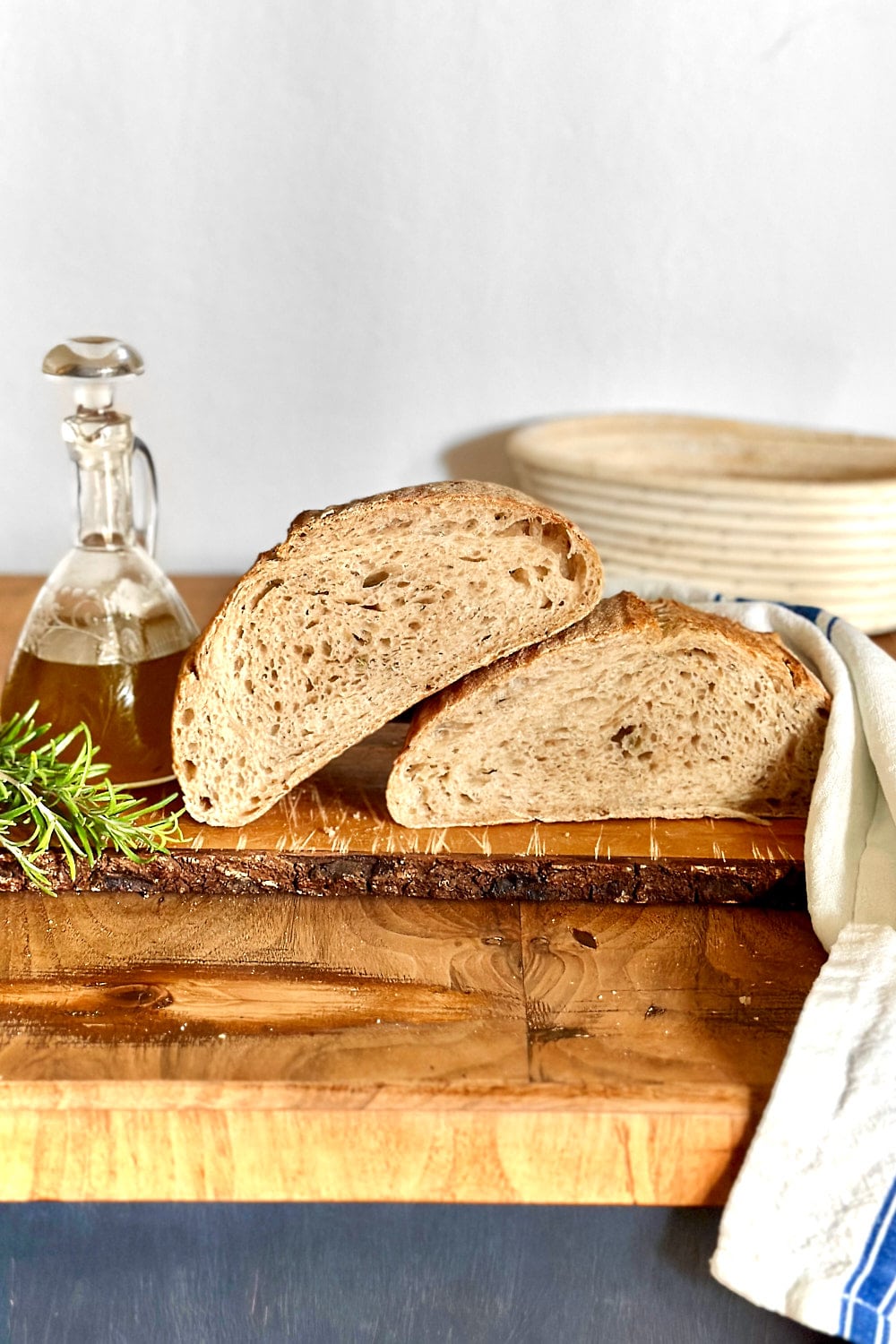
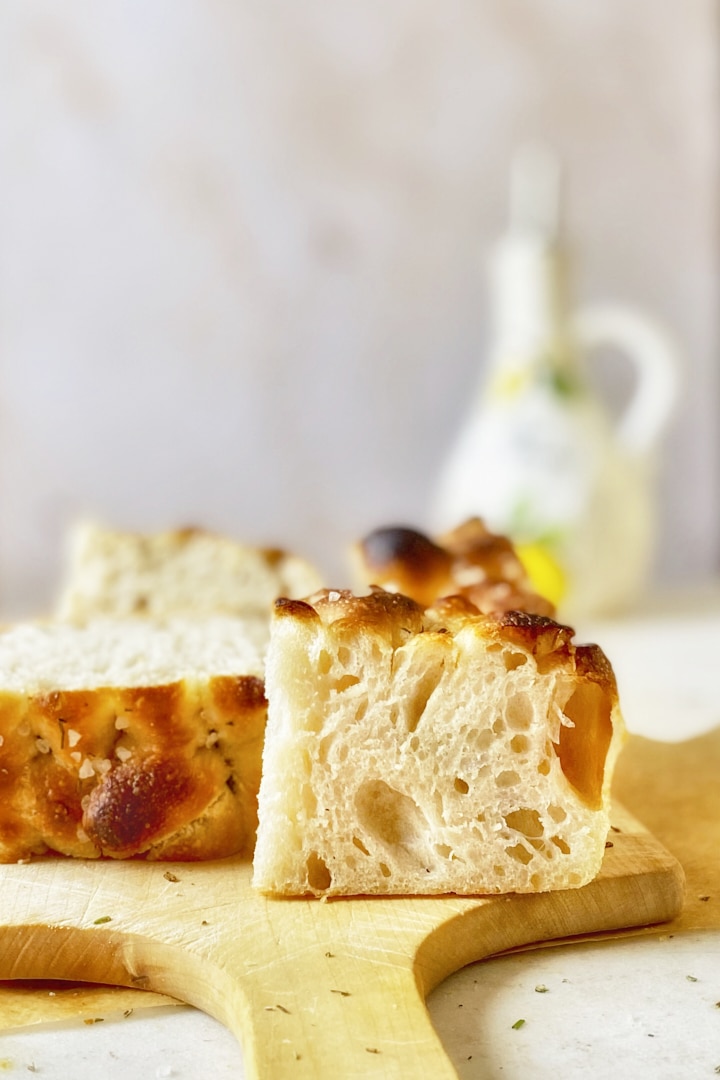
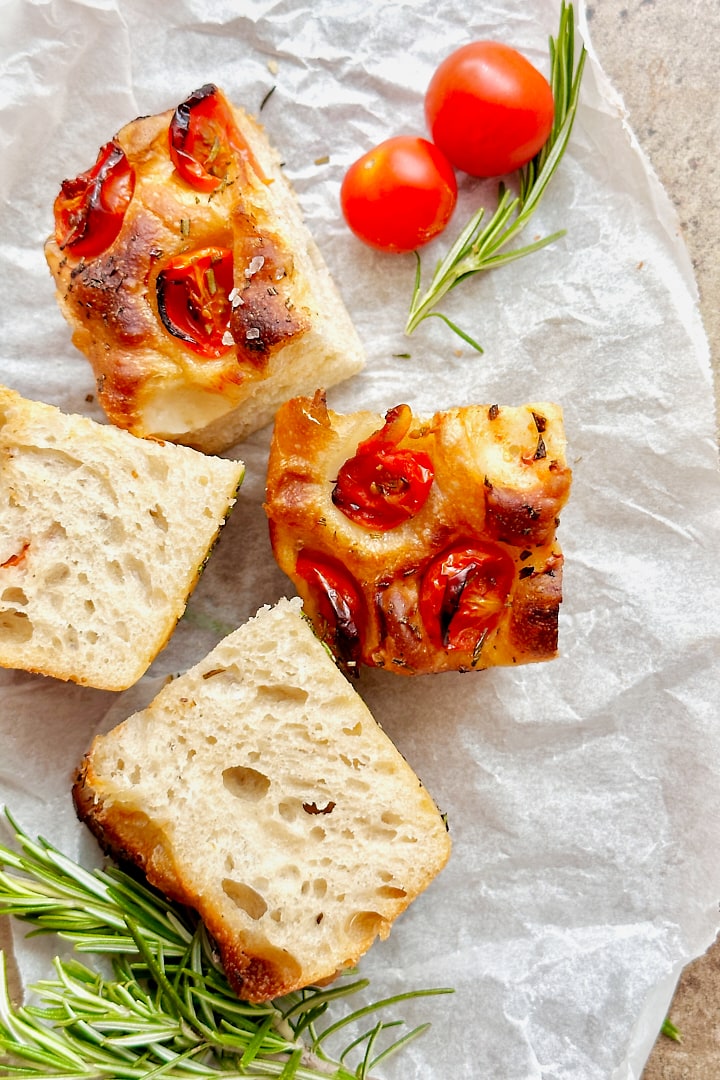

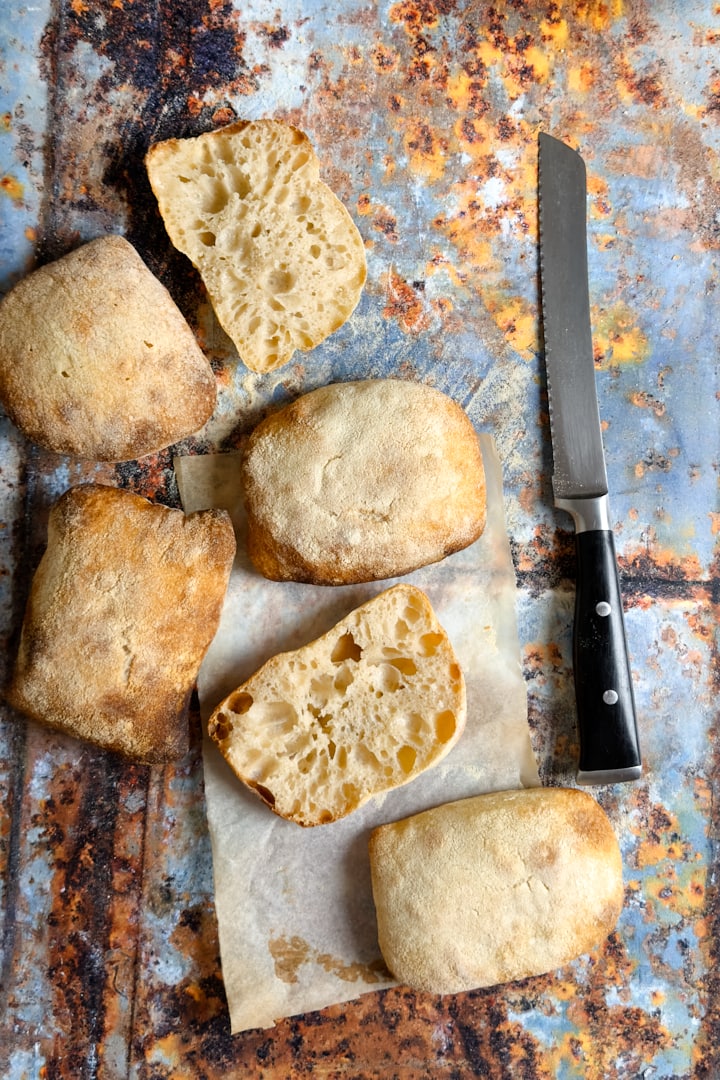
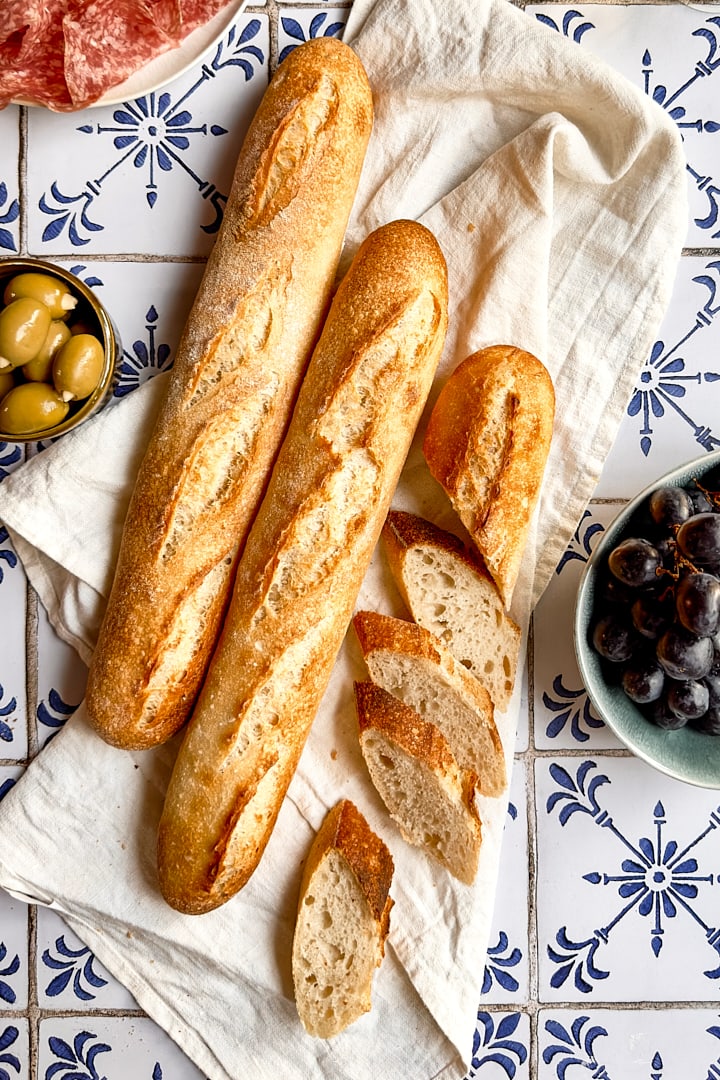
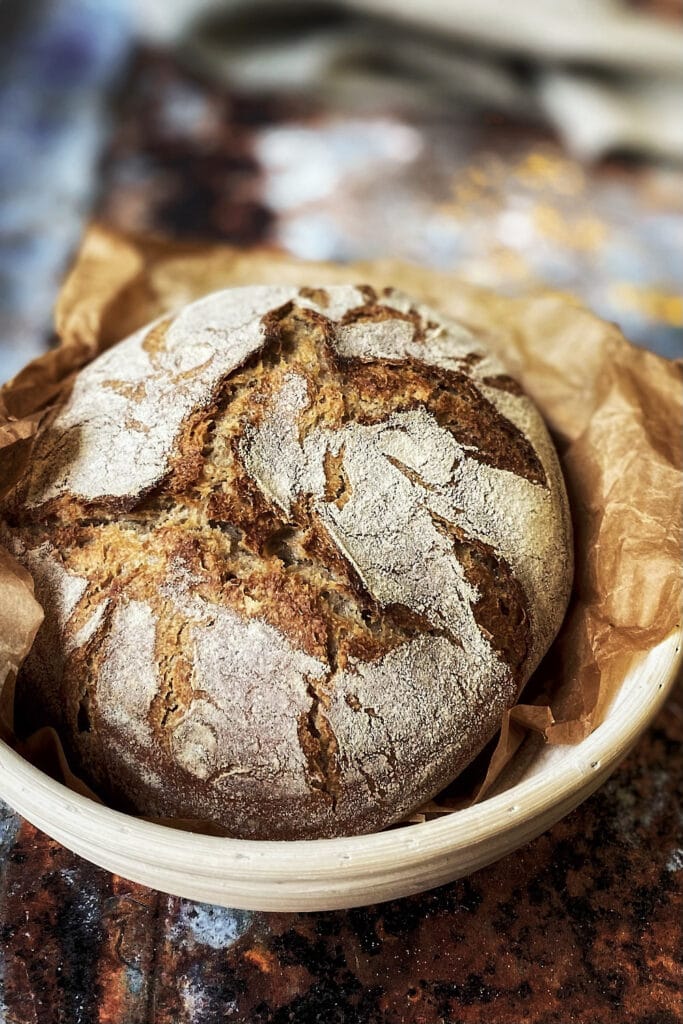
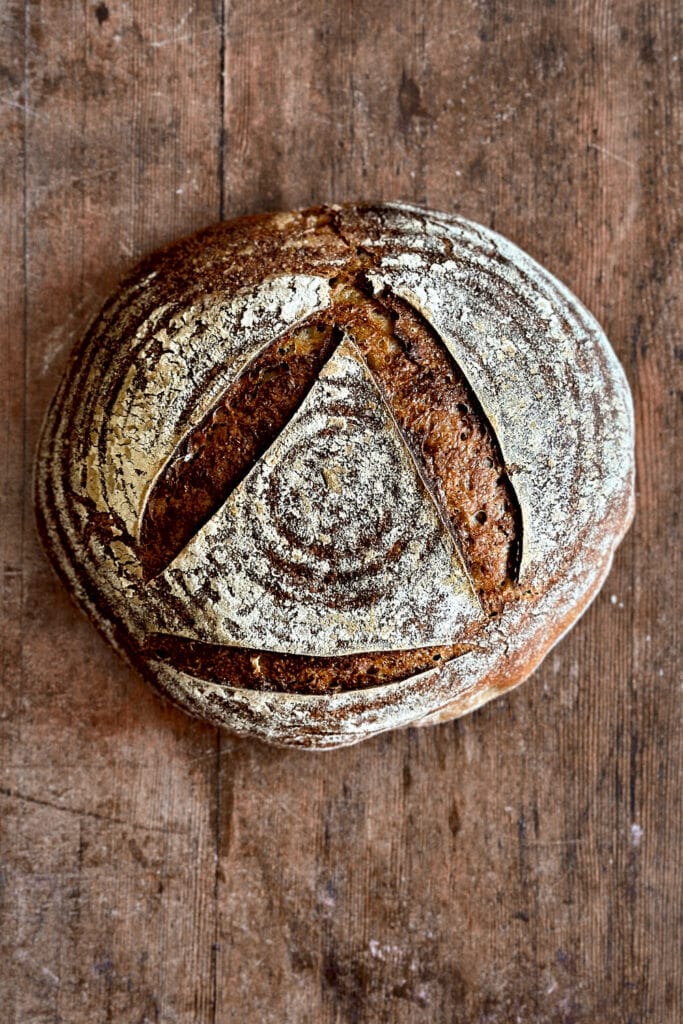
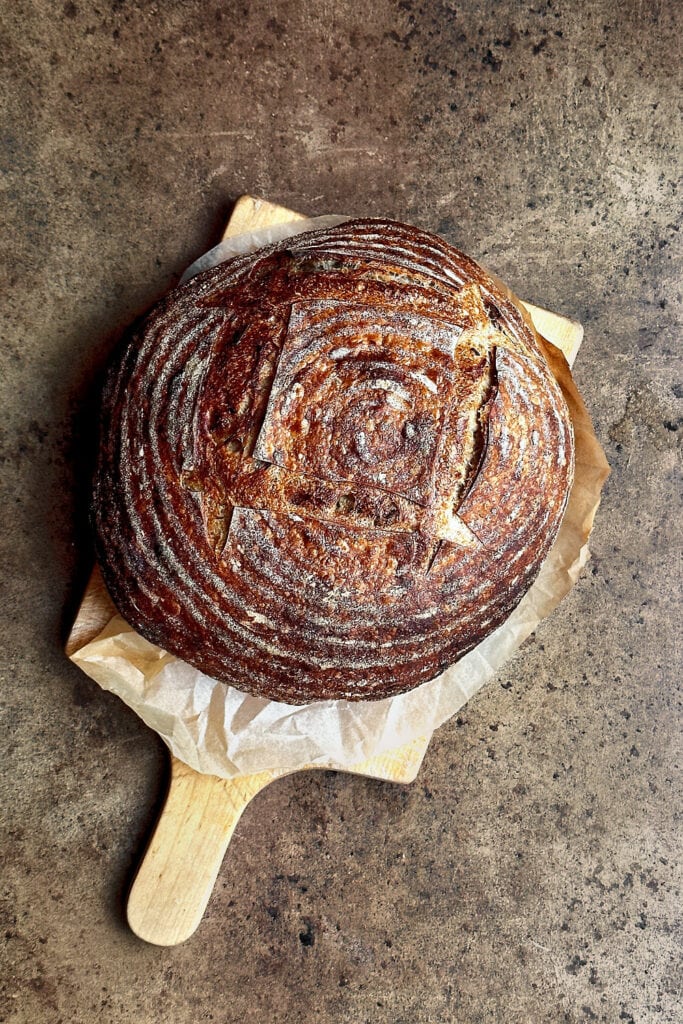
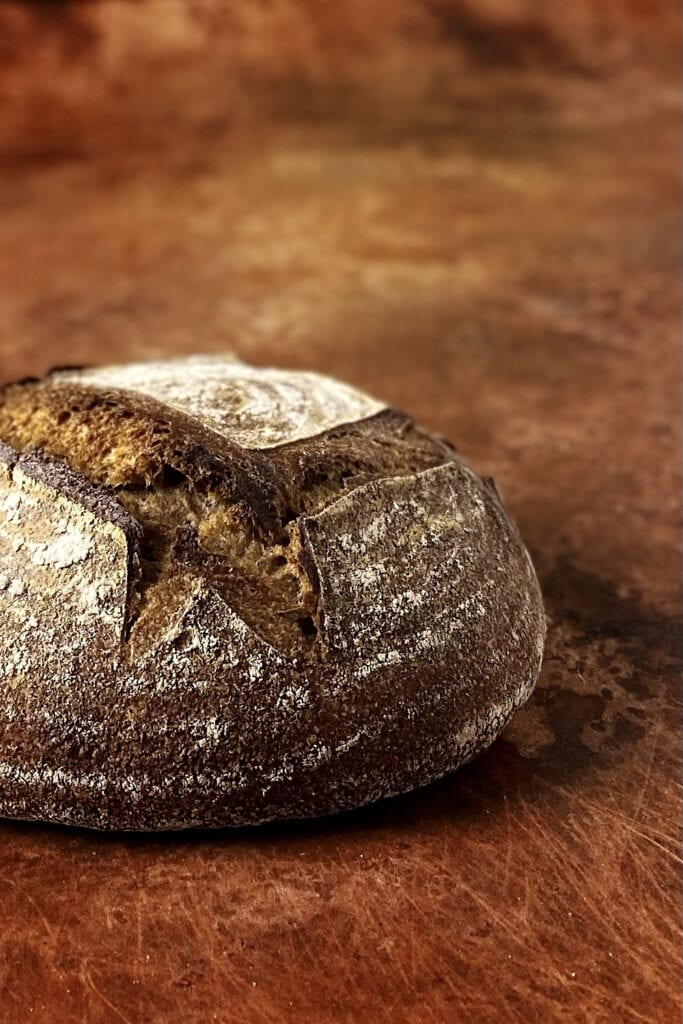
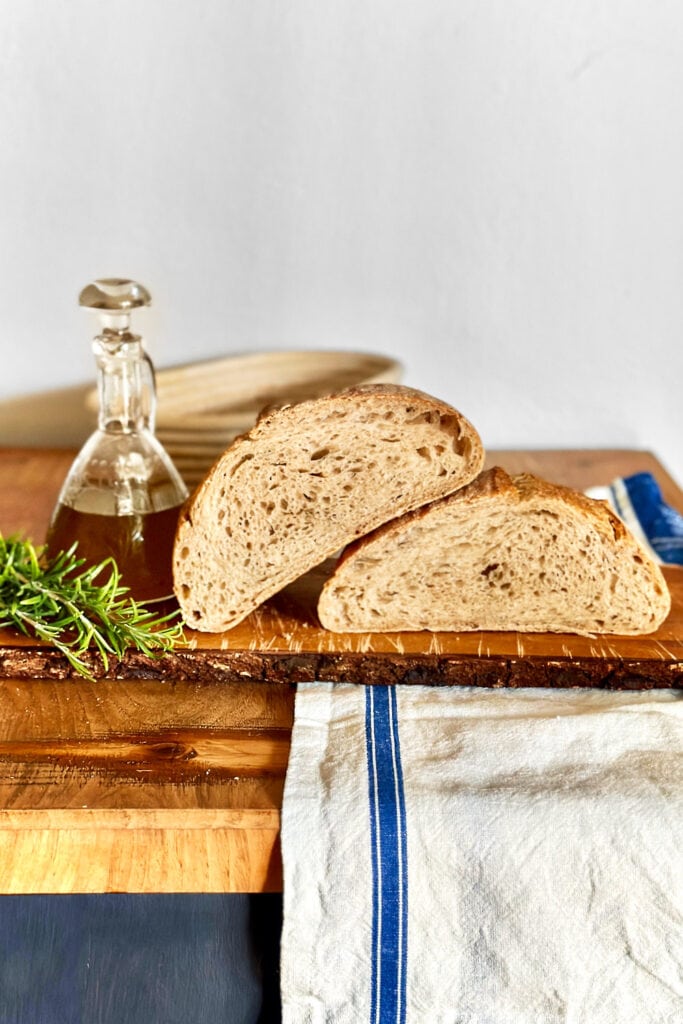
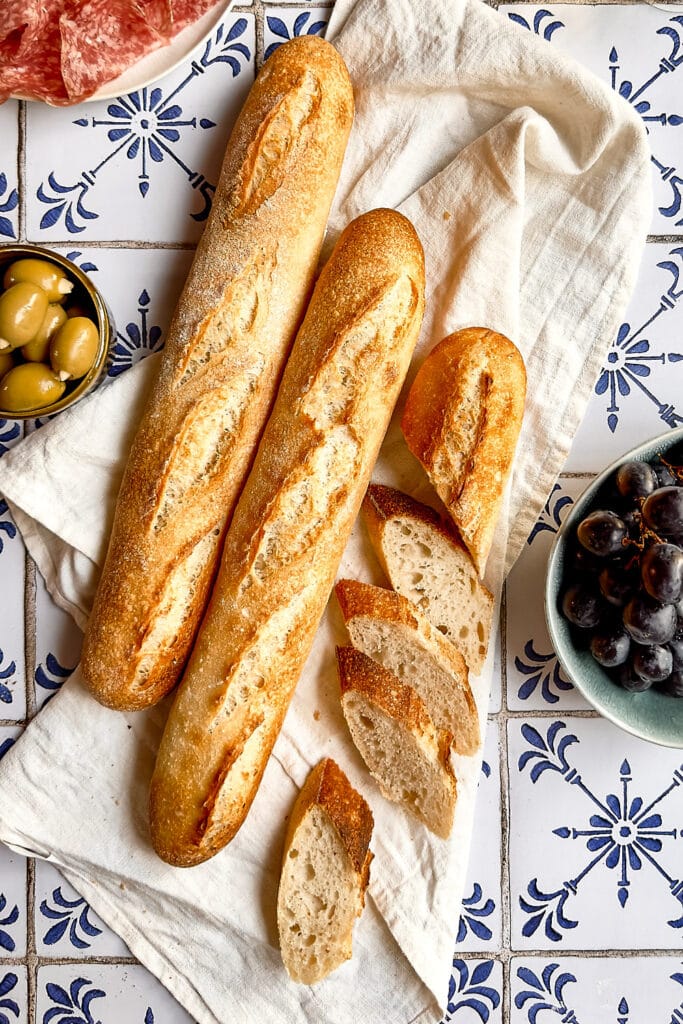
I live in Indonesia. From where do i obtain a sourdough starter kit?
Hi Malkom! You can easily create your own sourdough starter. All you need is flour and water. I have a step-by-step sourdough starter guide on my site: https://notjustfood.blog/stiff-sourdough-starter/
Hope this helps!
Julia
Schöne Idee auch für Besuch;)
Juliana
love this bread recipe. Is this bread taste very sour?
No, it’s not sour at all. It just has a very mild tangy aroma which is typical for sourdough bread. 🙂